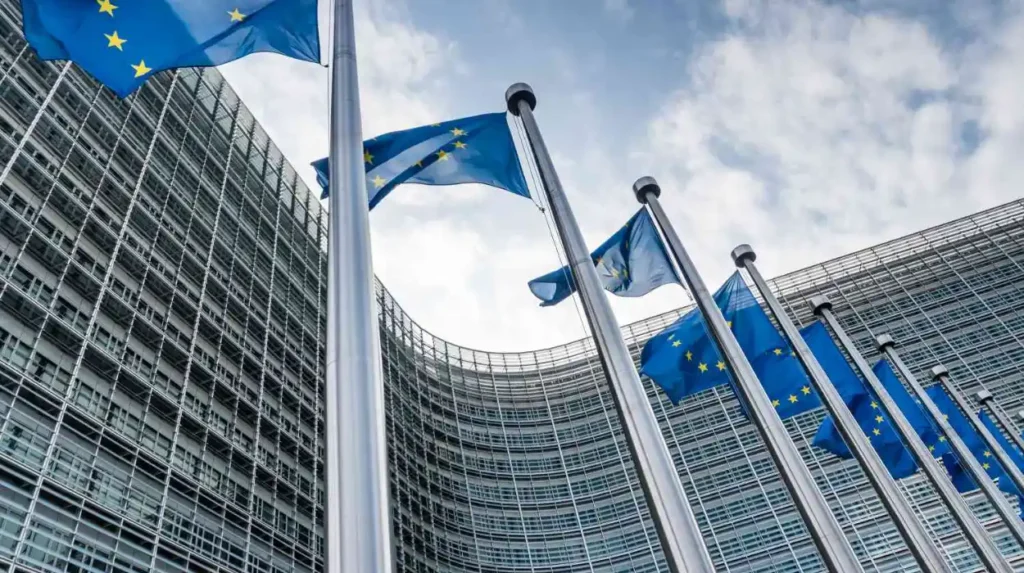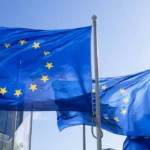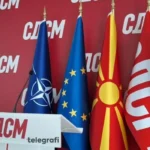The European Economic Community (EEC) was an iconic regional organization established by the Treaty of Rome in 1957, formed with the primary mission of fostering economic integration among its member states. The community laid the foundations for what later evolved into the European Union (EU), shaping modern European economic and political landscapes through its pioneering efforts in creating a common market and customs union.
Background and Creation
The roots of the EEC can be traced back to the European Coal and Steel Community (ECSC), created in 1951 by the Treaty of Paris. The ECSC was a groundbreaking venture that sought to integrate the coal and steel industries of Western Europe a vital post-war industrial base with the goal of promoting peace and preventing future conflicts through economic cooperation. Its six founding members Belgium, France, West Germany, Italy, Luxembourg, and the Netherlands set a precedent for economic diplomacy and regional collaboration.
Building on this foundation, the Treaty of Rome, signed on 25 March 1957, created the EEC alongside the European Atomic Energy Community (EURATOM). The EEC was intended to deepen integration by establishing a customs union; it aimed for the free movement of goods, capital, services, and labor among its members. This was a significant step beyond the ECSC’s sectoral approach, marking the beginning of a broader, more ambitious economic union.
Early Years and Institutional Development
The official launch of the EEC was on 1 January 1958, with West Germany’s Konrad Adenauer playing a leading role in the early years. The institution quickly became the central platform for economic integration in Europe. The Hallstein Commission, established as the EEC’s executive body, held its first formal meeting in January 1958. The EEC’s activities rapidly expanded, making it the most influential of the European Communities.
One of the earliest achievements was the common agricultural policy (CAP), initiated in 1962, setting common prices for agricultural products and providing subsidies to farmers. By 1968, internal tariffs between member states were mostly eliminated for many products, significantly boosting the internal market.
However, political challenges soon emerged. French President Charles de Gaulle opposed supranationalism and feared that the EEC would weaken national sovereignty, especially concerning the CAP’s financing. His opposition culminated in the “empty chair crisis” from 1965 to 1966, where French representatives boycotted European institutions. This crisis was settled by the Luxembourg Compromise, allowing members to veto matters touching “national interests,” preserving a balance between supranational authority and state sovereignty.
The 1967 Merger Treaty united the institutions of the ECSC, EURATOM, and the EEC under a single Commission and Council, collectively known as the European Communities, further streamlining European integration.
Enlargement and the Evolution of Membership
The original six members collectively called the “Inner Six” were soon joined by others. The 1960s marked the first applications for membership from Denmark, Ireland, the United Kingdom, and Norway. French opposition delayed UK and Norwegian access until 1973, when Denmark, Ireland, and the UK became the first new members, taking the EEC’s rank to nine.
Southern European countries followed after transitioning to democracy Greece joined in 1981, then Spain and Portugal acceded in 1986. The EEC also integrated East Germany upon German reunification in 1990, reflecting the geopolitical shifts after the Cold War.
The community thus evolved from six founding states to an expanded bloc aimed at fostering economic growth and political stability across a larger Europe.
Toward the European Union
By the early 1990s, the EEC had achieved a single market guaranteeing the four freedoms: the movement of goods, services, people, and capital. The European Economic Area (EEA) agreement in 1994 extended this internal market to members of the European Free Trade Association (EFTA) Iceland, Liechtenstein, and Norway effectively linking 30 countries economically.
The 1993 Maastricht Treaty marked a turning point, renaming the EEC as the European Community (EC) to reflect its expanded role beyond economics into political cooperation. It also formed the first of the three pillars of the newly created European Union. The treaty expanded the scope in areas like justice and home affairs and foreign policy.
European Parliament powers increased markedly under Maastricht, introducing a codecision procedure that placed it on equal legislative footing with the Council in many domains.
Institutions and Headquarters
Throughout its existence, the EEC’s institutions were headquartered primarily in Brussels, Belgium, the political heart of the European project. The European Commission, the executive arm, held its main offices in Brussels’ Berlaymont building. Luxembourg and Strasbourg also played key roles, hosting parts of the Court of Justice and the European Parliament, respectively.
The Community’s institutions evolved over time to address the increasing complexity of European integration, balancing supranational decision-making with respect for national sovereignty.
EU Membership and the EEA Relationship
The EEC’s legacy continues through the European Union’s structures and policies. The UK, once a member of the EEC and subsequently the EU, was part of the European Economic Area until its formal exit from the EU in 2020. While no longer in the EU or EEA, the UK could seek future agreements to maintain trade and cooperation.
Non-EEA countries include those outside the EU and EFTA arrangements, such as Switzerland (not an EEA member but part of the single market through bilateral agreements) and many countries globally which do not have preferential trade arrangements with the EU.
Aims and Achievements
The EEC’s foundational aim was to foster peace, prosperity, and unity among European peoples through economic integration. It sought a customs union with a common external tariff and policies spanning agriculture, transport, and trade standardization.
The Community’s efforts substantially raised living standards, fostered balanced growth, and strengthened Europe’s global economic presence. Its common policies like the CAP and the European Social Fund enhanced social cohesion and stability. The establishment of the European Investment Bank funded infrastructure projects, aiding economic expansion.
The elimination of internal tariffs accelerated trade and competition, driving prices down and benefiting consumers across member states. The move towards political unity, envisaged especially in the later stages of the Community, set the stage for the broader European Union encompassing economic, political, and social dimensions.
The European Economic Community was a pioneering project in regional economic integration that fundamentally reshaped Europe. Its creation marked the beginning of a process that expanded beyond economics to political cooperation, culminating in today’s European Union. From its six founding nations to a diverse and influential economic area, the EEC’s legacy is one of peace, prosperity, and cooperation.







